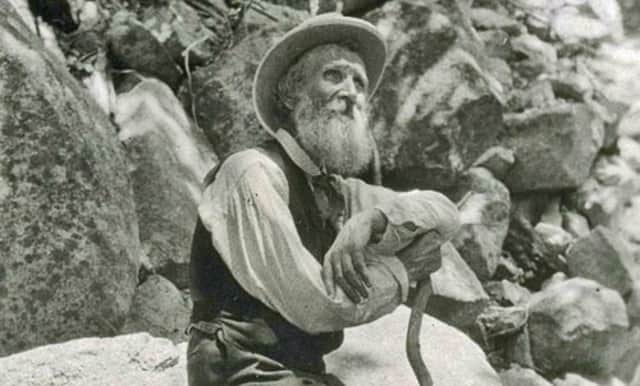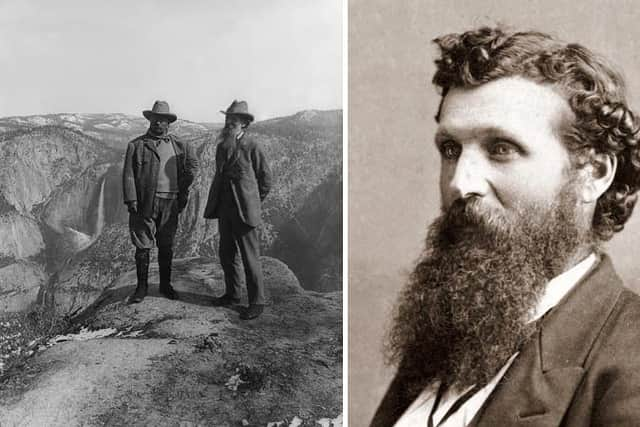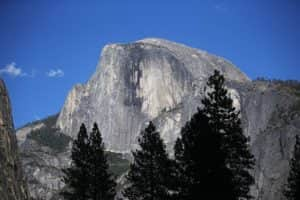John Muir: The Scot who fathered America's national parks


John Muir helped federalise America’s national parks on a camping trip with President Roosevelt and yet he was relatively unknown in his native Scotland until the 1970’s.
Born in the East coast town of Dunbar in 1838, Muir fell in love with the natural world on long walks through the fields with his grandfather and climbed up the ruins of Dunbar Castle.
Advertisement
Hide AdAdvertisement
Hide AdHe only lived in Scotland for 11 years. His father - a devout Christian belonging to a group called disciples of Christ - emigrated to America with his family.


He grew up in America carving clocks and inventing curiosities, such as his contraption that would tip you out of bed before dawn.
A blinding eye accident shifted his focus to the natural world and he began several years of wanderlust. Soon after, he began convincing the American government to adopt a forest conservation policy culminating in a successful camping trip with President Teddy Roosevelt on Glacier Point, Yosemite.
Today, he’s widely considered the father of National Parks in America.
(Left) Muir and President Roosevelt pose atop Glacier Point in Yosemite and (Right) a young John Muir


Muir returned to Scotland in 1893 to travel around the country, beginning with a boat trip across Loch Lomond.
In 2014 - the centenary anniversary of Muir’s death - Central Scotland Green Network Trust (CSGN) opened a new trail running coast to coast from Helensburgh to Muir’s home in Dunbar.
The route spans 134 miles across the country and takes in some of Central Scotland’s most incredible scenery and landmarks.
Advertisement
Hide AdAdvertisement
Hide AdThe premise of John Muir Way was to instill Muir’s love for nature in a new generation of young Scots.


In January 2017, CSGN campaigners helped the route become a Great Scottish Trail, in the hope awakening fresh interests in the pioneer.
A trail like John Muir Way would usually take at least five years to implement, but with the hard work of Ron McCraw of Scottish National Heritage, it was completed in three.
Keith Geddes, chair of the CSGN board is delighted the route has achieved so much attention from Scots and tourists alike.
“The boost from international tourism is really significant,” Keith says.


Yosemite National Park - Getty
“Apart from Burns I suspect Muir is the best known Scot throughout the rest of the world and we’ve had a tremendous number of American visitors coming across.
“We’ve had great coverage in the San Francisco Chronicle, the Wall Street Journal and even in the Mariposa Gazette - Mariposa is a small town just outside Yosemite - have given this route coverage as well.”
As many as 300,000 people make the route each year, with 6,000 walking the complete trail over several days and another 6,000 completing the trail over a number of occasions.
Advertisement
Hide AdAdvertisement
Hide Ad“We’ve had the President of the John Muir association of California,” explains Keith, “and they’ve developed a pre-existing relationship with the people of East Lothian, so it’s a huge success internationally.”
CSGN wanted John Muir’s name to be associated with the route to inspire young Scots to take an interest in the environment and climate change, but his name is still better known in America.
“We hope in some small way this new route will make sure young Scots learn about Muir and follow his example in protecting the environment,” says Keith.
To bolster this initiative, the CSGN are producing a graphic novel with the Scottish Government about John Muir’s life, work and legacy, to be distributed around a large number of schools in the Central Belt.